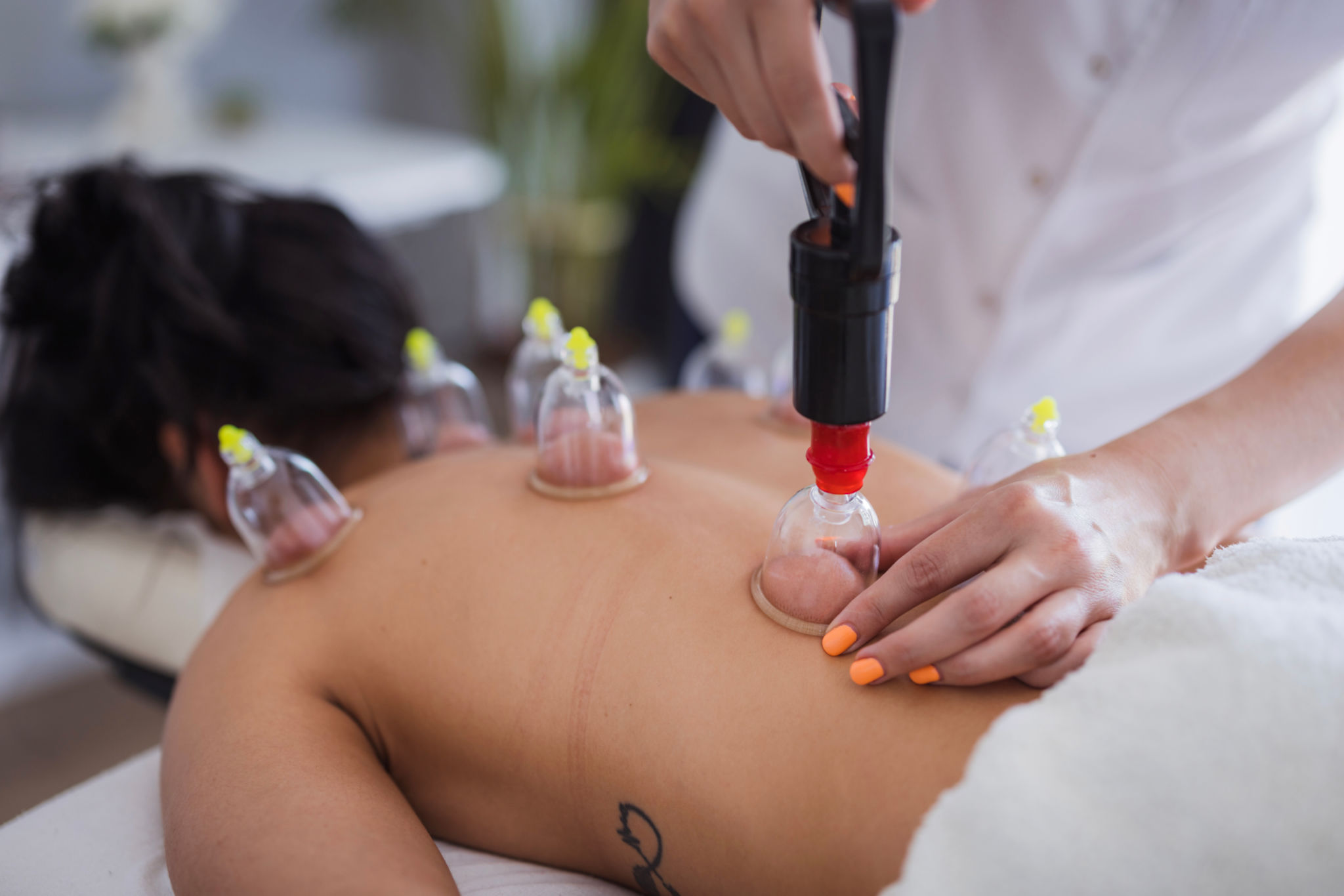Debunking Common Myths About Reflexology
Understanding Reflexology
Reflexology is an ancient practice, often mistaken for just another form of massage. However, it is a unique therapy that involves applying pressure to specific points on the feet, hands, and ears. These points are believed to correspond to different body organs and systems, promoting overall health and well-being. Despite its growing popularity, numerous myths still surround this holistic treatment.

Myth 1: Reflexology Is Just a Foot Massage
One of the most common misconceptions about reflexology is that it is merely a foot massage. While both involve the feet, reflexology is a targeted practice that focuses on specific reflex points. These points are believed to connect with various organs and systems throughout the body. Unlike a standard massage, which aims to relieve muscle tension, reflexology seeks to promote healing and balance by stimulating these reflex points.
This practice is based on the theory that energy pathways run through the body, and by manipulating these pathways, reflexology can help restore harmony and support the body's natural healing processes. So, while it might look similar at first glance, reflexology is much more than just a soothing foot rub.
Myth 2: Reflexology Can Diagnose and Cure Illnesses
Another widespread myth is that reflexology can diagnose or cure medical conditions. It is important to understand that reflexology is a complementary therapy, not a replacement for conventional medical treatments. Reflexologists do not diagnose illnesses or prescribe medications. Instead, they focus on helping individuals manage stress and improve overall well-being.

While many people report feeling relaxed and rejuvenated after a session, reflexology should be viewed as a supportive therapy that works alongside traditional medical treatments. It may help alleviate some symptoms and enhance quality of life, but it is not a substitute for professional medical advice or intervention.
Myth 3: Reflexology Is Painful
Some people hesitate to try reflexology because they fear it might be painful. In reality, reflexology should not cause pain. Reflexologists use gentle pressure to stimulate specific points, and most people find the experience relaxing. If any discomfort is felt during a session, it should be communicated with the reflexologist, who can adjust the pressure accordingly.
It's important to note that some areas may be more sensitive than others, particularly if there are underlying issues. However, the sensation should never be unbearable, and any discomfort usually subsides quickly.

Myth 4: Reflexology Is Only for Foot Problems
While reflexology predominantly focuses on the feet, it is not limited to treating foot problems alone. The practice can benefit various aspects of health by encouraging relaxation and improving circulation throughout the body. By targeting specific reflex points, reflexology aims to support overall wellness rather than just addressing localized issues.
Reflexology may be beneficial for stress relief, improved mood, and enhanced energy levels. It can also complement other treatments in managing conditions like chronic pain, headaches, and digestive issues.
The Benefits of Reflexology
Despite the myths surrounding reflexology, many individuals find it to be a valuable part of their wellness routine. Some reported benefits include reduced stress and anxiety, improved sleep quality, and enhanced mental clarity. As with any complementary therapy, individual experiences may vary.
If you're considering trying reflexology, it's essential to find a qualified and experienced practitioner who can tailor the sessions to your specific needs. By understanding what reflexology truly entails, you can make an informed decision about incorporating this practice into your health regimen.
